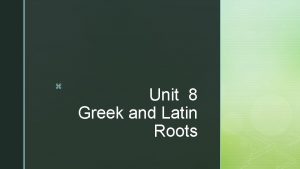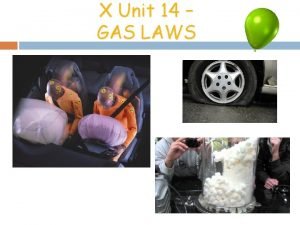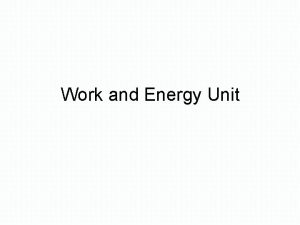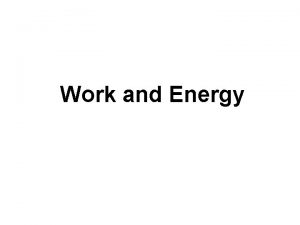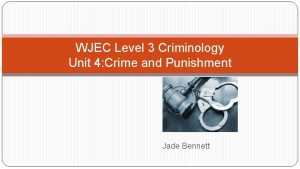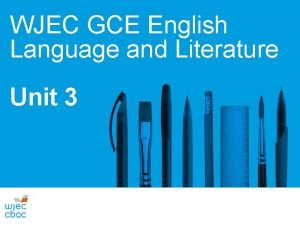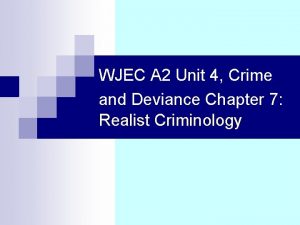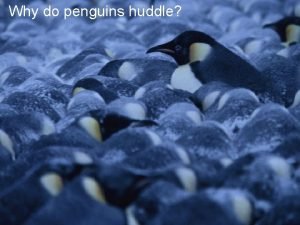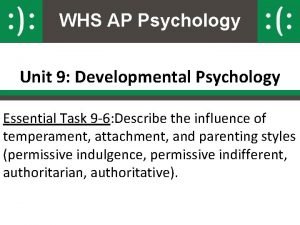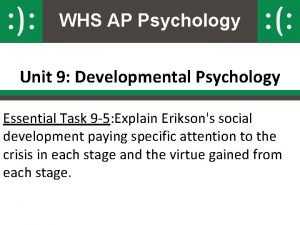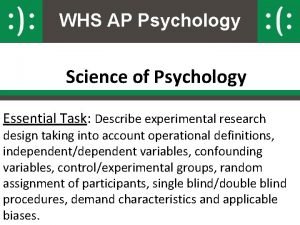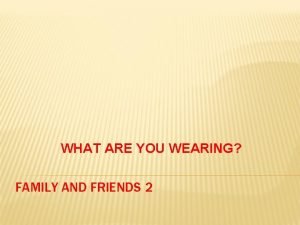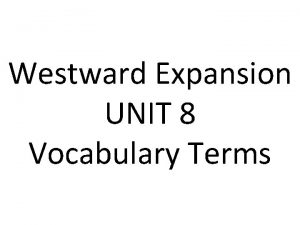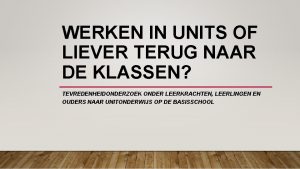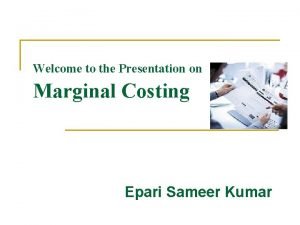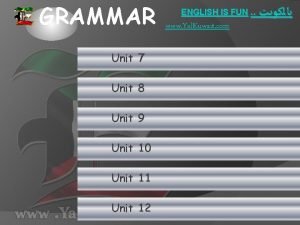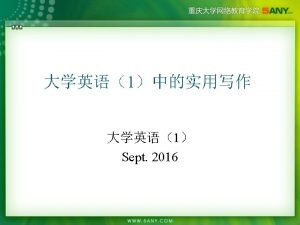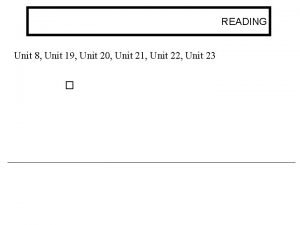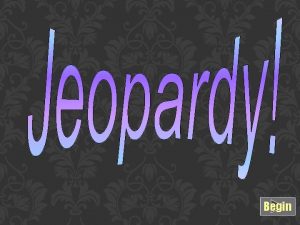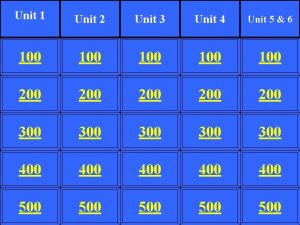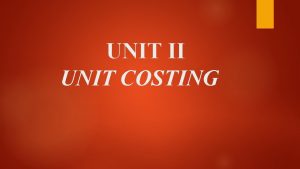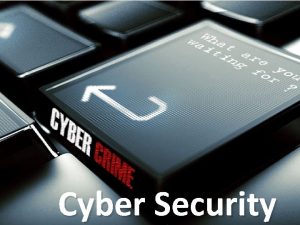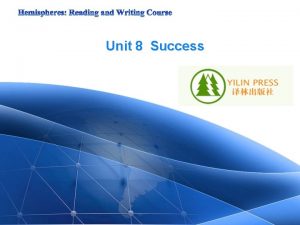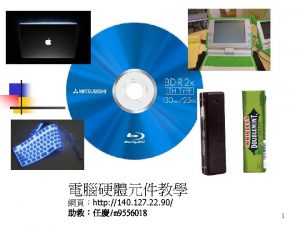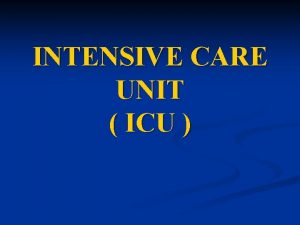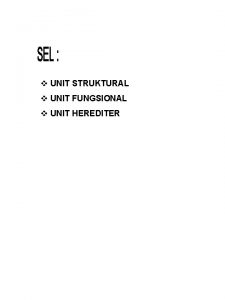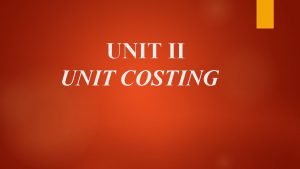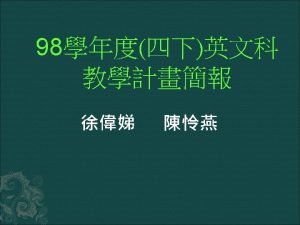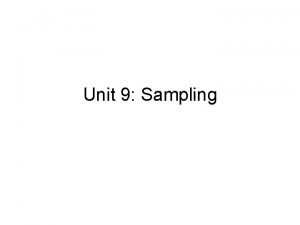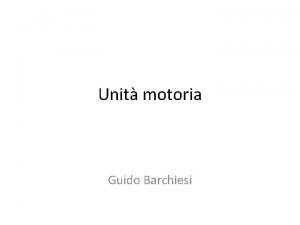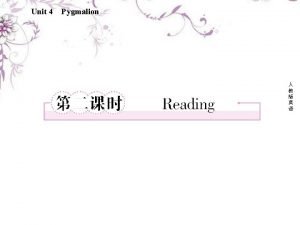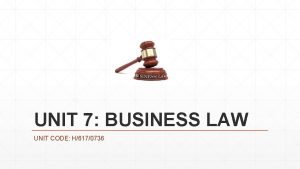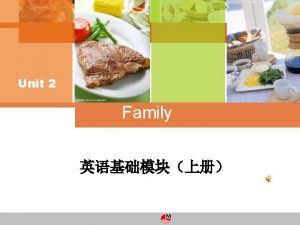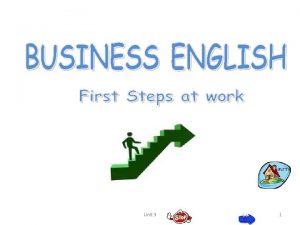Unit 6 Unit 6 Unit 6 Unit 6



























- Slides: 27

Unit 6

Unit 6

Unit 6

Unit 6: Particles with Internal Structure The Role of Charge

Q: What is the nature of electrical forces and electrical charges? Ø We are going to look at the interaction between: Ø Top tape (T) Ø Bottom tape (B) Ø Paper (P) Ø Aluminum foil (F) Ø ? ? ? Ø Observations need to be written, drawn, and recorded Top Bottom Paper Foil PVC (nr) PVC (rub) Bottom Paper Foil

Warm Up 1/26 -27 A compound is found to 40. 1% sulfur and 59. 9% oxygen. Its molecular mass is 80. 1 amu. a. What is the empirical formula? b. What is the molecular formula?

Q: What is the nature of electrical forces and electrical charges? Ø We looked at the interaction between: Ø Top tape (T) Ø Bottom tape (B) Ø Paper (P) Ø Aluminum foil (F) Ø What did we observe? Top Bottom Paper Foil PVC (nr) PVC (rub) Bottom Paper Foil

Q: What is the nature of electrical forces and electrical charges? Top Bottom Paper Foil PVC (nr) PVC (rub) Top R A A A Bottom A R A A Paper A A 0 0 Foil A A 0 0 ØNotice that the interactions fall into one of two categories: Ø a) three attractions (one strong) and one repulsion Ø b) two attractions and two no effects

Q: What is the nature of electrical forces and electrical charges? Top Bottom Paper Foil Plastic Top R A A A Bottom Paper A A R A A 0 Foil A A 0 0 Ø There is something unique about the repulsions Ø If it is repelled from either T or B, it will be attracted to all the three other strips Ø If it is attracted by both, it will not interact with the paper or foil. Ø What’s up with that?

Q: What is the nature of electrical forces and electrical charges? Top ( ) Bottom ( ) Paper ( ) Foil ( ) Plastic ( ) Top Bottom Paper Foil ( ) ( ) Ø Scientists have assigned a negative charge to PVC rubbed w/wool Ø Based on your observations from using the rod, label the T and B tapes as either a (+) or (–). Ø Make a duplicate table and enter the following: Ø assign a positive (+) charge to objects which repel the top tape Ø assign a negative (–) charge to objects which repel the bottom tape Ø assign a neutral (0) charge to objects that do not repel either.

Q: What is the nature of electrical forces and electrical charges? ØHow can you be sure something has a net charge? ØWhat happened to the force of the interaction as the objects approached each other? ØDoes that fit with our particle model and Eph?

Model Summary Update Ø What’s new? Ø There is something smaller than the atom Ø Evidence of internal structure for our atoms Ø Particle with charge Ø Assume atoms contain both positive and negative charges that normally cancel each other. Ø HDYK that is the case? Ø We will use the Thomson model of the atom Ø a massive positive core Ø a small number of mobile, negatively charged particles we call “electrons”. (He called them corpuscles) Ø AKA: Plum pudding Model Ø Evidence led J. J. Thomson to propose that in solids Ø only the negative charges are free to move Ø these charges are much smaller than an atom and contribute a negligible fraction of its mass

Plum Pudding Model Ø A visual representation of this model is the “plum pudding” model– Ø Positive cores are represented by bowls of pudding, which attract the negative electrons represented by plums. Ø The attraction of the plums to some bowls is stronger than to others Ø Some bowls are “stickier” Ø The plums can move from one bowl to another because of differences in attraction (stickiness). Ø Since plums also repel one another, you cannot put too many plums in the same bowl. Ø Can this model explain the tapes? Top Bottom Before In-contact Separated

Applying the PPM Ø The T tape becomes positively charged because electrons are transferred to the B tape. Ø The overall number of electrons does not change, just their distribution on the tapes. Ø Neutral atoms have the same amount of (+) and (–) charge. n Which has a stronger attraction for the electrons, e-? n Sticky side? n Dull side? n Notice that we once again used macroscopic behavior to explain microscopic behavior

What about the foil and paper? Ø How were they similar? Ø How were they different? Ø How can we explain the difference? Ø Charge must already be there. foil What is the effect of distance on the electrical force? What if a negative charge is brought nearby? paper

Some ideas

Examples Ø https: //phet. colorado. edu Ø 1) Balloons and Static Electricity Ø 2) John Travoltage

Warm Up 2/1 Ø In the sticky tape lab, which side has a stronger attraction for the electrons—sticky or dull? Ø Explain how you know (What evidence do you have? )

JJ Thomson’s BIG Idea Ø He observed a cathode ray tube and noticed that he could change the path of the “corpuscles” with a magnet Ø The direction of the deflection indicated a negative charge for the corpuscles Ø What were Thomson’s corpuscles? Ø electrons cathode glass tube anode

How do we apply this model to compounds? Ø We can propose that electrical forces are involved in holding together the particles that make up pure substances. Ø Perhaps the mobile negative charge is freer to move in some substances than in others. Ø Foil vs. paper Ø Metals and non-metals Ø Conductors and insulators

Overview of the Modern Periodic Table ØTwo distinct regions of note: ØMetals (M) ØGood conductor of electricity Ø 2/3 of table are metals ØIncludes transition elements (Groups 3 -12) ØNon-metals (NM) ØPoor conductors of electricity ØAll of groups 17 & 18; some of groups 14 -16 ØExhibit a wide range of properties

Warm Up 2/2 -3 1) Which of the above diagrams shows atoms of a metal? HDYK? 2) Which of the above diagrams shows atoms of a non-metal? HDYK?

Lab 6. 2: Conductivity of substances and solutions



Assignment Ø Analyze your Lab 6. 2 Data Ø Look for patterns Ø Position on the periodic table Ø Metals/Non-metals Ø Write a conclusion in your journal Ø Claim Ø Evidence Ø Reasoning

Exit Ticket 2/2 -3 Ø 1) Based on your data from today’s lab, make a CLAIM. Ø 2) What EVIDENCE (data) do you have to support your claim? Ø 3) Support your conclusion with REASONING.
 Unit 10, unit 10 review tests, unit 10 general test
Unit 10, unit 10 review tests, unit 10 general test Surplus keuangan adalah
Surplus keuangan adalah Unit 4 lesson 7 right triangles and trigonometry unit test
Unit 4 lesson 7 right triangles and trigonometry unit test English system conversion
English system conversion Algebra 2 unit 1 test answers
Algebra 2 unit 1 test answers Unit cost rekam medis
Unit cost rekam medis Unit process and unit operation
Unit process and unit operation What is unit operation and unit process
What is unit operation and unit process Kerangka konseptual standar akuntansi pemerintahan
Kerangka konseptual standar akuntansi pemerintahan Greek theater has its roots in __________.
Greek theater has its roots in __________. Ygfc fan coil unit
Ygfc fan coil unit °c is a unit of what gas property
°c is a unit of what gas property Unit of work and energy
Unit of work and energy What is the formula of potential energy
What is the formula of potential energy Explain factors to consider when proposing dishes for menus
Explain factors to consider when proposing dishes for menus Criminology unit 4 crime and punishment
Criminology unit 4 crime and punishment Criminology unit 2
Criminology unit 2 Wjec criminology past papers unit 4
Wjec criminology past papers unit 4 Wjec english language and literature
Wjec english language and literature Criminology unit 4 quiz
Criminology unit 4 quiz Unit for specific heat
Unit for specific heat Ap psychology unit 9
Ap psychology unit 9 Ap psychology unit 9
Ap psychology unit 9 Independent variable
Independent variable What are you wearing family and friends 2
What are you wearing family and friends 2 Unit 8 vocabulary
Unit 8 vocabulary Unitonderwijs nadelen
Unitonderwijs nadelen Features of marginal costing
Features of marginal costing









